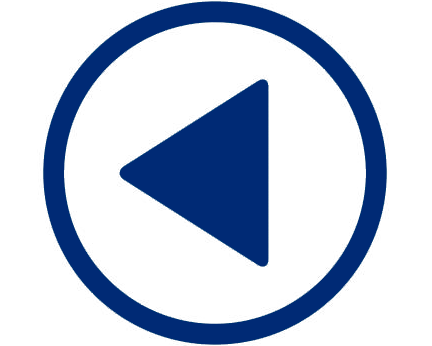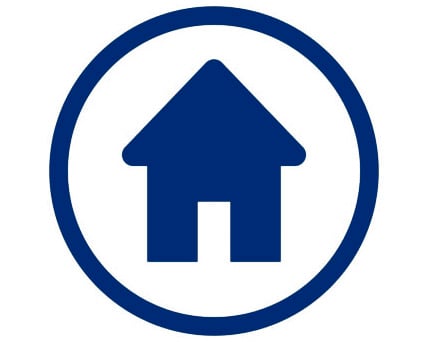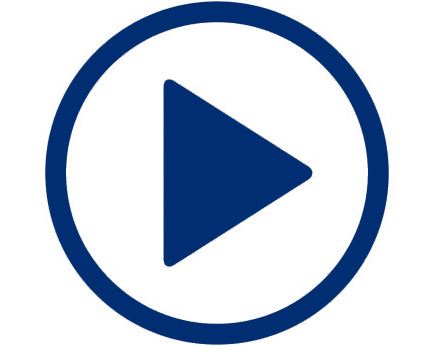Money Talks E4: Budget Basics
Important Takeaways
- Gather your finances—bills, subscriptions, insurances, pay stubs. The latter will help you calculate your monthly income.
- Create a list of monthly expenses. Include fixed expenses like monthly subscriptions and rent, and variable expenses like groceries and dining out.
- Subtract your monthly expenses from your monthly income. If you have a negative number, you’ll just need to make some adjustments—starting with your “wants.”
- Consider how your short- and long-term goals could impact your budget. It’s easier to say “no” to eating out when you’re saving for something you really want.
The hardest and most important part of a budget is sticking to it. But a budget is also very personal, so it should be adjusted along with your needs and goals.
Keep Going
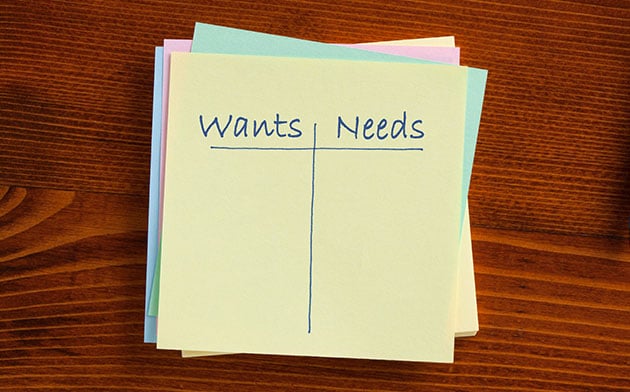
Wants vs. Needs: Finding the Perfect Balance
Whether you’re creating a new budget from scratch or reviewing previous months’ expenses, it’s helpful to consider if those expenses fall into the category of a want or a need.

Financial Wellness Planning: Creating a Budget
Create a budget and stick to it. There are many budgeting methods, so choose what's best for your personality and money management style.
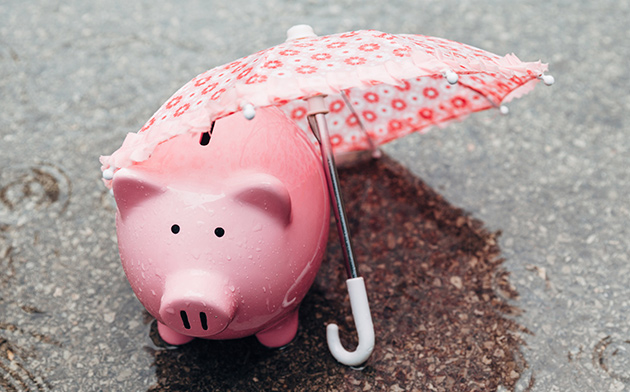
3 Ways to Build a Rainy-Day Fund
SELCO's high-yield savings accounts are a great place to start a rainy-day fund. Here are three easy ways to build this fund.

Forming Money Habits
Become financially savvy through the use of our robust financial wellness tools in digital banking, a budget calculator, and educational articles.
